Justice Department Inspector General Michael Horowitz’s history of how the FBI targeted Donald Trump associates has become a constant presence on social media as journalists and Russia aficionados make more discoveries and connect the dots.
Every page of the Horowitz report contains new disclosures. The report’s banner headline was that FBI agents supplied inaccurate information or withheld exculpatory evidence 17 times when they asked judges to approve four wiretap warrants on campaign volunteer Carter Page.
Morsels of information placed in footnotes or buried in a few sentences also tell a fuller story about the Trump-Russia investigation.
Four examples:
⦁ Former FBI Director James B. Comey has asserted that the FBI on July 31, 2016, opened cases not on the Trump campaign but on four Americans: Mr. Page, Paul Manafort, George Papadopoulos and retired Army Lt. Gen. Michael Flynn.
But it would appear that in the mind of agent Peter Strzok, who led the probe dubbed Crossfire Hurricane, the entire campaign was under scrutiny from the start.
A day after opening the investigation, he traveled to London to interview Alexander Downer, the Australian ambassador to Britain who had chatted with Trump volunteer George Papadopoulos over a drink in London. Mr. Downer’s report to the FBI prompted the FBI to open a history-changing investigation.
As he returned to Washington, Mr. Strzok later told the inspector general, he decided he had to find out what Trump allies besides Papadopoulos had heard that Moscow might have dirt on Democratic presidential candidate Hillary Clinton, a former secretary of state.
Based on the Downer interview, Mr. Strzok told the inspector general that “the initial investigative objective of Crossfire Hurricane was to determine which individuals associated with the Trump campaign may have been in a position to have received the alleged offer of assistance from Russia.”
In effect, the entire campaign from that moment was under FBI scrutiny. In the end, special counsel Robert Mueller found no Trump-Russia conspiracy to interfere in the election.
⦁ Attorney General William Barr last spring tapped John Durham, U.S. attorney for Connecticut, to conduct a special investigation into the origins of the long FBI inquiry and determine whether laws were broken in the process.
One path Mr. Durham is taking is to look for any foreign intelligence involvement in targeting the Trump campaign. Was Maltese professor Joseph Mifsud, who told Papadopoulos he heard in Moscow that the Russians could share dirt on Mrs. Clinton, a Western agent or a Russian tool?
The public learned for the first time in the Horowitz report that the Crossfire team from the outset did ask for foreign assistance. The single sentence states: “The FBI also sent names of individuals associated with the Trump campaign to other U.S. government agencies and a foreign intelligence agency and requested any information about those individuals.”
The inspector general’s report does not name the foreign agency. The U.S. and Britain have a long history of intelligence sharing.
⦁ The intelligence community, led by the director of national intelligence and comprising the CIA, the FBI and other agencies, produced an assessment in January 2017. It said Russia hacked Democratic Party computers and waged a social media campaign to help candidate Trump and hurt Mrs. Clinton, the assessment said.
The Washington Times first reported in September 2018 that Mr. Comey wanted the Christopher Steele dossier, financed by the Clinton campaign and by the Democratic Party, included in the official assessment. The Times headline: “James Comey was chief anti-Trump dossier proponent within U.S. intelligence community. Source: Then-FBI Director James B. Comey directly advocated inclusion.”
The Horowitz report confirms the reporting in footnote No. 507, with details.
“FBI leadership, including Comey and McCabe, advocated for the Steele election reporting to be included in the intelligence community assessment (ICA) on Russian election interference,” the inspector general’s report states.
Mr. Comey telephoned Director of National Intelligence James R. Clapper on Dec. 17, 2017, and lobbied for the dossier’s inclusion.
The DNI and CIA Director John O. Brennan objected and decided to include a short summary of the dossier in the appendix.
Deputy FBI Director Andrew McCabe on Dec. 28 sent an email to the DNI objecting to the summary.
An FBI intelligence section chief told the inspector general that the CIA viewed the Steele dossier as “internet rumor.”
The inspector general report said: “The FBI’s view did not prevail and the final ICA report included a short summary of the Steele election reporting in an appendix.”
⦁ The FBI’s Foreign Intelligence Surveillance Act application to federal judges begins with this heading: “Verified Application.”
Some commentators have taken this to mean the agents were telling judges that the bureau had corroborated the affidavit’s stated evidence from Mr. Steele, a former British intelligence officer.
Not true, says the Horowitz report.
The FBI verification process is known as the Woods Procedures, named after the agent who devised FISA fact-checking in the early 2000s.
Mr. Horowitz determined that the Woods process required agents to verify that the material came from a particular source and that the application quotes that source accurately.
Here is the inspector general’s finding: “Corroboration of source information is not required by the FBI’s Woods Procedures. Although Woods Procedures require that every fact in a FISA application be ‘verified,’ when a particular fact is attributed to a source, an agent must only verify that the fact came from the source and the application accurately states what the source said. The Woods Procedures do not require that the FBI have a second source for the same information.”
The Horowitz report also notes: “We found that the FBI did not have information corroborating the specific allegations against Carter Page in Steele’s reports when it relied upon them in the FISA applications.”
Released on Dec. 9, the inspector general’s 476-page report was the first official accounting of the Obama administration’s initial selection of Trump allies to investigate.
The FBI’s essential piece of material to obtain the surveillance was Mr. Steele’s error-filled dossier. When agents learned from his main source that the anti-Trump allegations were Kremlin gossip, they withheld the discrepancies from Justice Department overseers, thus obtaining more wiretaps.
The Justice Department balked at approving the first wiretap until the Crossfire Hurricane team received the Steele dossier on Sept. 19, 2016.
“Although the Horowitz dossier offers a helpful preliminary summary of a few of the criminal acts committed by the DOJ and FBI in support of the Democrats’ coup attempt against President Trump, there’s so much more to come when the full truth is finally revealed over the coming months.” Mr. Page told The Washington Times.
© Copyright (c) 2020 News World Communications, Inc.
—-
This content is published through a licensing agreement with Acquire Media using its NewsEdge technology.



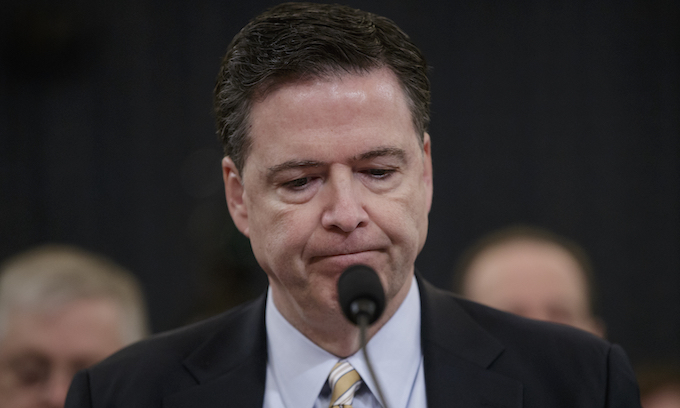
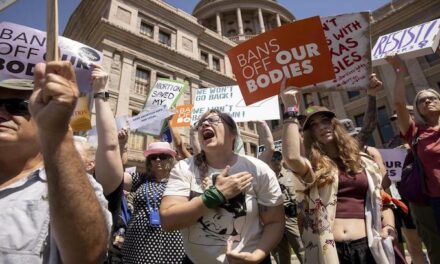

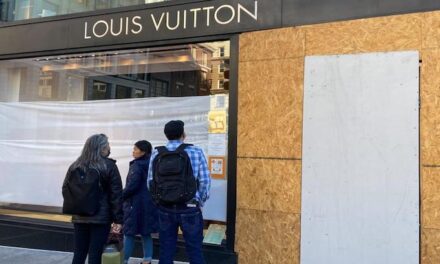










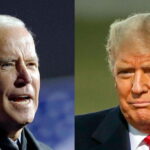
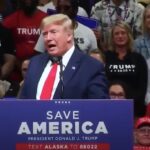
Recent Comments